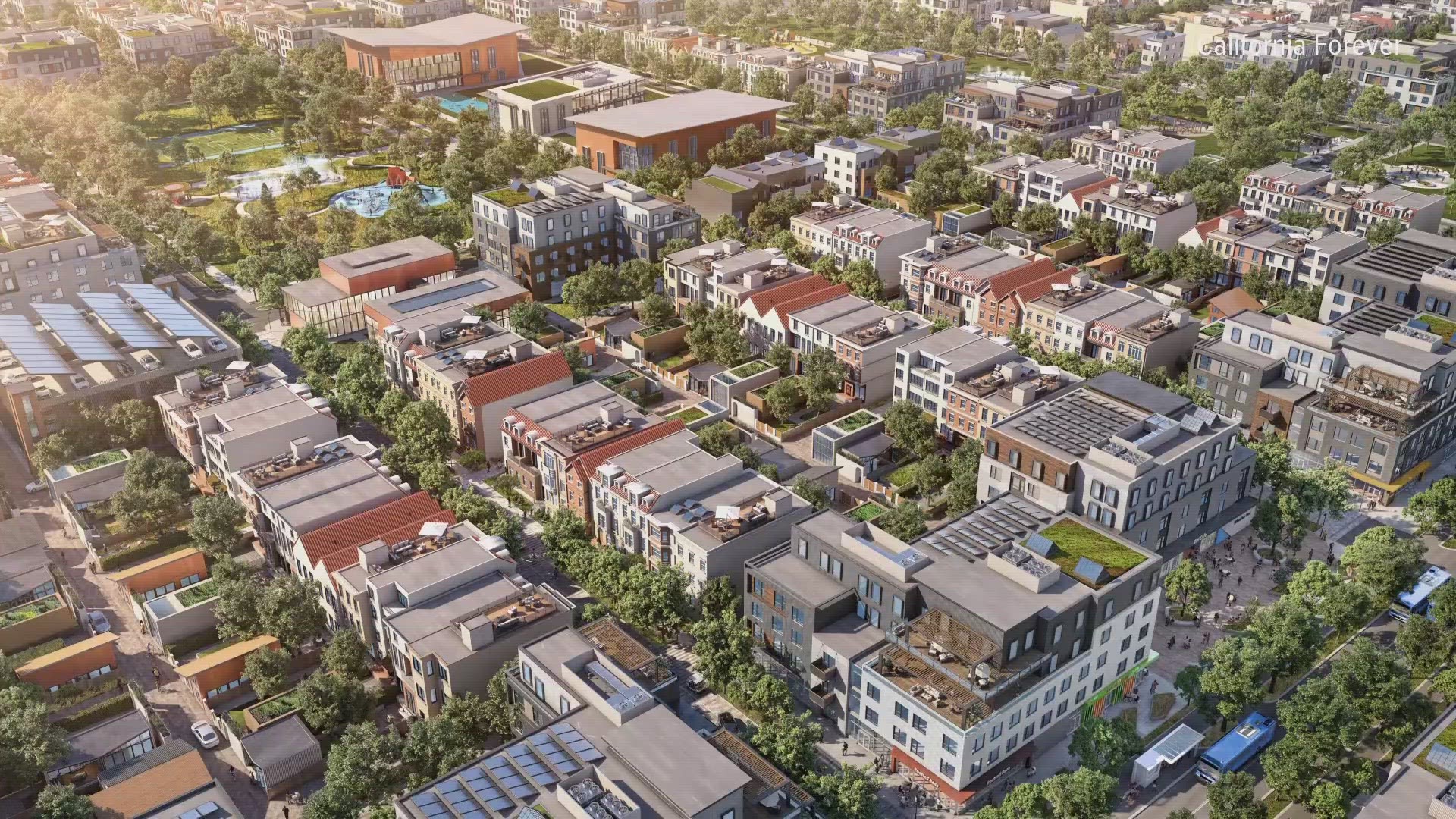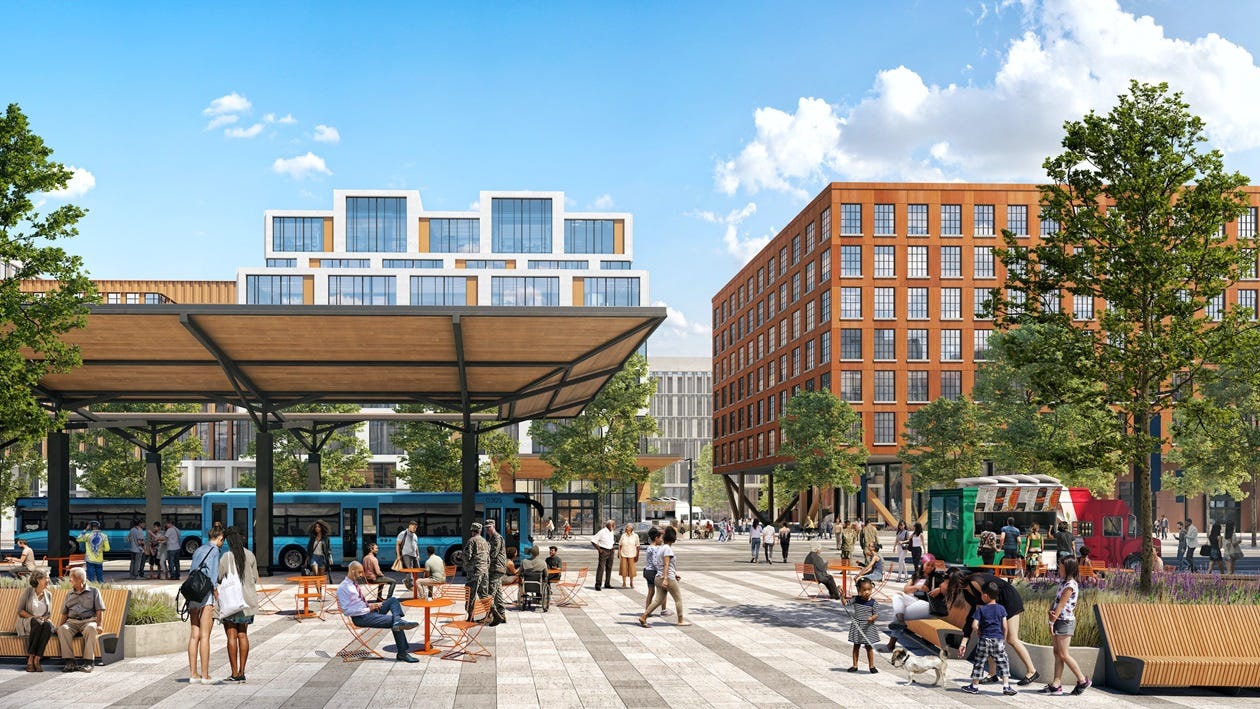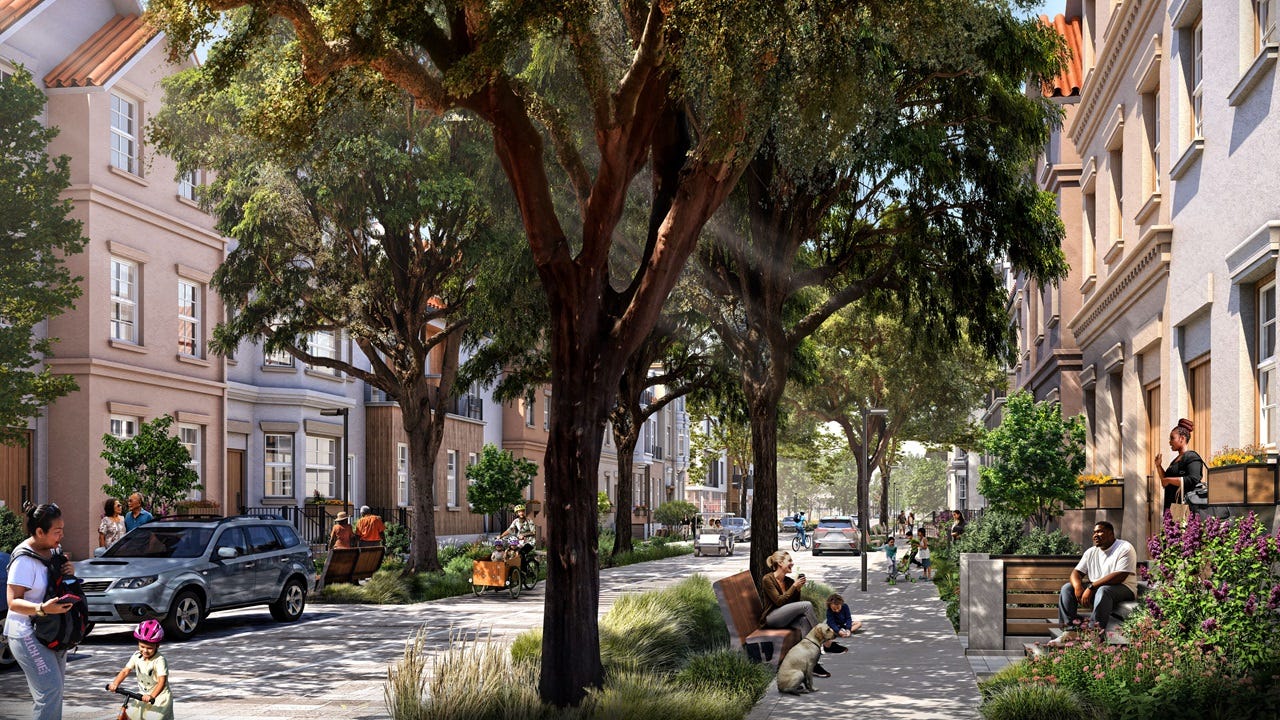In the quiet expanses of Solano County, just a stone’s throw from the bustling tech hubs of San Francisco, a visionary project is taking shape. Spearheaded by some of Silicon Valley’s most influential figures—Reid Hoffman, Laurene Powell Jobs, and Marc Andreessen—this initiative seeks to create a new city, potentially housing up to 400,000 people. Dubbed “California Forever,” this plan is not just an expansion of urban space but a reimagining of city life itself.

The Genesis of a Mega-City
The project started quietly in 2017, with the secretive acquisition of approximately 60,000 acres of farmland. The location is strategically chosen, not far from Travis Air Force Base, igniting initial fears of foreign espionage. However, as New York Times journalist Conor Dougherty uncovered, the reality was a groundbreaking attempt to build from scratch a city that could rival the great urban centers of history like Savannah and New York City’s West Village.
The Visionaries Behind the Venture
Jan Sramek, a former Goldman Sachs trader turned aspiring urban planner, is at the forefront of this ambitious project. His idea is to counter the migration of California’s jobs to states like Texas and Florida by providing an alternative within Solano County. This new city aims to be a beacon of affordability and sustainability, challenging the prevailing trends in one of America’s most expensive states.

Urban Design and Sustainability
California Forever proposes a walkable city that breaks the mold of the typical car-centric American urban landscape. Sramek emphasizes that continuous building is key to maintaining affordability, pointing to stagnation in construction as a root cause of the housing crises plaguing many parts of the state today. The design promises to integrate green spaces, public transport, and community hubs that encourage walking and cycling.
Local Resistance and the Road Ahead
Despite the utopian promise, the project has met with skepticism from local residents and officials. Concerns about increased traffic, loss of agricultural land, and the alteration of community character dominate the discussions. Long-time residents like Jeannie McCormack and Al Medvitz, who have refused lucrative offers for their land, represent a significant opposition, valuing heritage and continuity over rapid development.
A Political and Social Battle
The fate of California Forever will be decided by Solano County voters this November. They are tasked with considering a repeal of a three-decade-old law that restricts new developments, a key hurdle for the project’s progress. The campaign surrounding this decision is expected to be one of the most expensive in the county’s history, reflecting the high stakes involved.
Implications for Urban Development
The initiative by California Forever is more than a local issue—it is a test case for future urban development in America. Dougherty suggests that the frustration with the slow pace of physical world change compared to digital advancements is driving these tech visionaries to attempt a real-world reboot of urban life.
Will California Forever Change the Urban Landscape?
If successful, California Forever could serve as a model for new cities around the world, blending sustainability with modern urban design in ways that current cities, constrained by their historical layouts and legacy issues, cannot. Sramek’s vision extends beyond mere construction; he imagines a vibrant economic and social revival that could set a precedent nationwide.

Conclusion: A Visionary’s Dream and a Community’s Choice
As the vote approaches, the eyes of the nation, and perhaps the world, are on Solano County. Will this ambitious project transform into a reality, or will it succumb to the complexities of modern urban development? Whatever the outcome, the debate over California Forever highlights the deep challenges and profound possibilities of building the cities of tomorrow.









